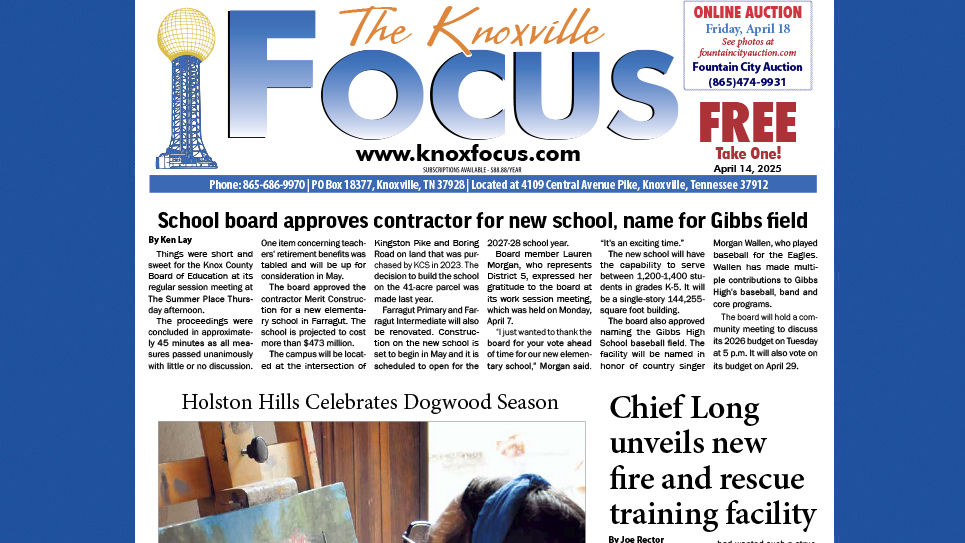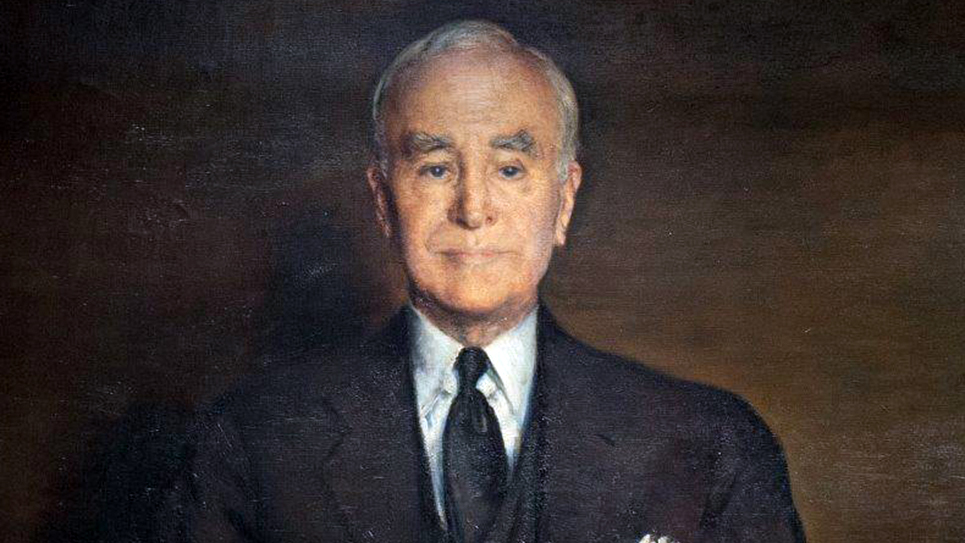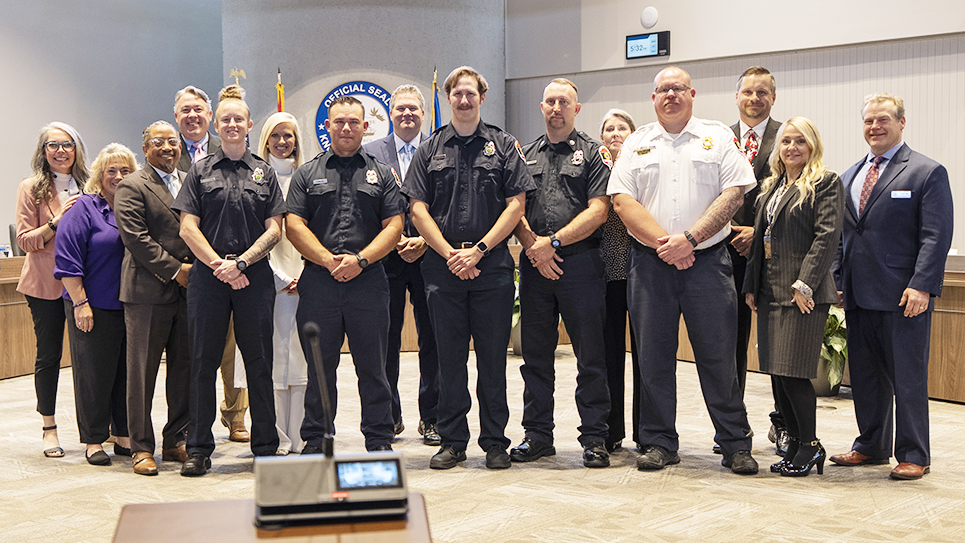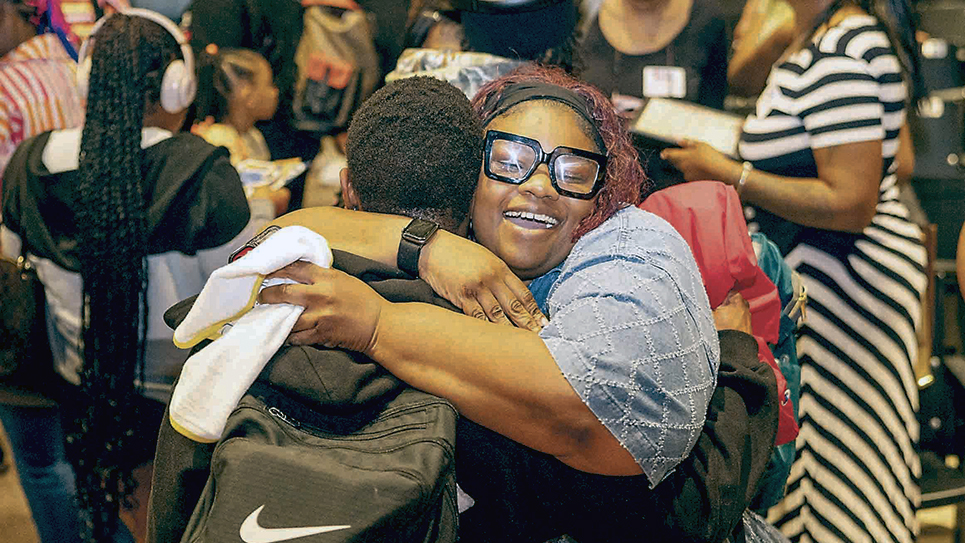A classic case of getting people’s attention
By Tom Mattingly
Interesting things can happen when one coach leaves and another takes his place.
For the new coach, it’s a classic case of getting people’s attention and showing they mean business. Things get “real.”
Very quickly.
In 1926, Tennessee head coach Robert R. Neyland had to “lock his jaw” with Dean Nathan Washington Dougherty and take on the baseball and track coaches to get enough players to hold spring practice.
“You hired me to coach football,” he told members of the Athletics Board. “If we are going to have a football team, we must have the best spring practice we have ever had. If I can’t have every single one of them as long as I want them, I can’t operate.”
Then Neyland played his strongest card.
“Let somebody else take the job. I won’t have it. I’ll leave it with you.”
The exact details of what happened are not readily known, but Dougherty later told Neyland to go ahead with spring practice. Neyland said later that the 1926 spring practice was the “catalyst” for the success of that season and for the seasons to follow.
“That was the first d— time I had to lock my jaw,” Neyland said.
In 1955, Bowden Wyatt lost his best running back on the second day of spring drills. He and star running back Tom Tracy, a 1954 All-SEC selection who had rushed for a team-leading 794 yards, parted ways.
“Tom was not a proponent of strict training rules,” wrote Marvin West.
He suffered leg cramps and laid in a heap on the field. Wyatt moved the team down the field, and drills continued.
“Tracy was offended by this lack of official compassion,” Marvin added. “That evening, he threatened to leave. Wyatt dispatched two assistants to help him pack.”
The impact was two-fold.
“Losing Tracy was a sizable setback.” wrote West. “Establishing authority enhanced Wyatt’s influence.” There were any number of Wyatt’s players who said they’d “run through a wall” for their head coach.
In 1964, future College Football Hall of Fame member Steve DeLong had a running battle with new coach Doug Dickey. Steve was a 1963 All-American selection at middle guard and seemed more than willing to help the rookie head coach. Dickey, however, didn’t seem to be receptive to Steve’s offer of assistance.
“He called me into his office for a meeting,” Steve said. “I had been through enough by then to not be intimidated. Coach Dickey said he wasn’t sure he could use me on the 1964 team. He said I might make it as an offensive tackle.”
The idea of DeLong as an offensive tackle after an All-American season on defense seemed akin to running Secretariat in the back yard, but Steve and Dickey reached enough of an agreement to make it through the season.
Steve again earned All-American honors and won the Outland Trophy as the nation’s best interior lineman, again anchoring the defensive line on a group that gave up but 121 points over 10 games. Beginning a year later, Dickey had the Vol program reaching for the stars.
Many years later, Dickey and Delong had an emotion-laden reunion that quickly moved many of the attendees to tears. Former Vols Elliott Gammage and Rod Harkleroad, both now deceased, were instrumental in getting Dickey and DeLong together, typical of their relationship with both of them.
In his autobiography, co-written with the Knoxville Journal’s Ben Byrd, John Majors recalled a memory about “snuff cups” early in his tenure at Tennessee.
“The first time I met with the Tennessee players after the announcement had been made, some of them showed up carrying snuff cups.”
Bad move.
“Now I know a number of fine people who go around with a big chew of tobacco in their mouths, but I don’t think our athletes should show up at a squad meeting dipping snuff. That rule went into effect right away.”
There are other times reality sets in, with a personal cost.
Everybody remembers “National Signing Day,” when everybody’s a hero, when everybody can play. The sky’s the limit. The recruits are the toast of the town. Better days are just around the corner. Fans begin mentally chalking up the wins.
Here’s what actually happens.
Some of the recruits can play.
Some can’t.
When that latter reality sets in, you can tell it in the body language. The eyes are the key. When a player is thinking about leaving, you can see it in the eyes.
Then comes the phone call to a favored reporter and the ensuing press release, stating that a certain player has “left the squad.” That’s the description of choice.
In most cases, the head coach says, “We wish him well.” Then follows a recapitulation of that player’s career.
After that, the talk shows kick into gear, and 99 times out of 100, the coach is the heavy, either for poor recruiting judgment or “mistreating” or “misleading” a seemingly popular player, particularly one from the near vicinity of Knoxville.
The truth lies somewhere in between. The situation is magnified when a new coach comes in and some potential recruits fall by the wayside or never even get a sniff from the new staff.
Looking over each year’s recruiting class, it is often surprising how many “make it”… and how many don’t.
It’s a reflection of life as we know it.
Then and now.






